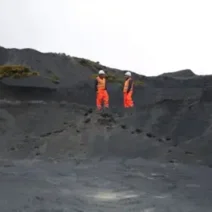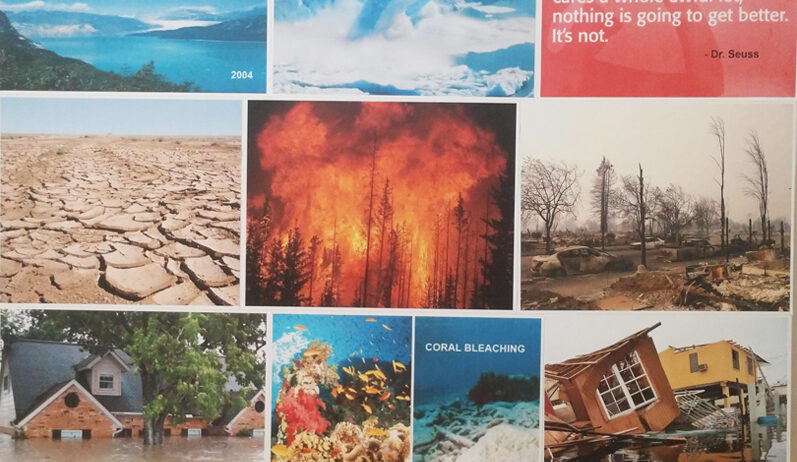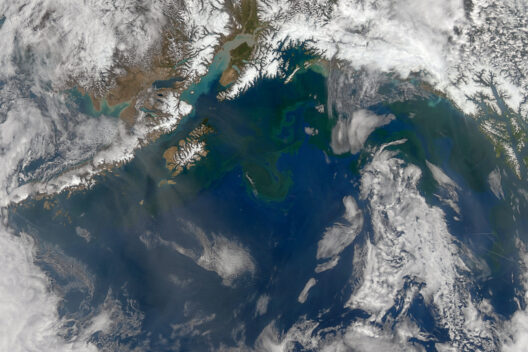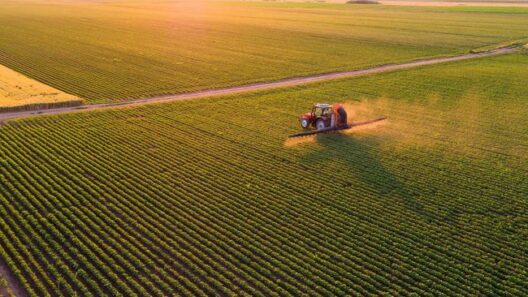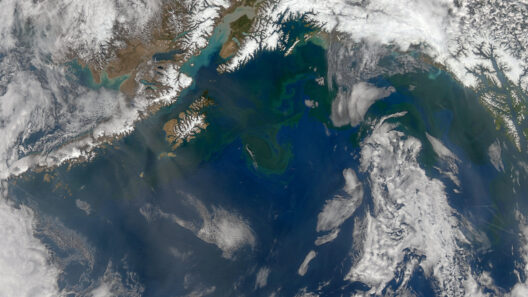As we navigate the treacherous waters of climate change, humanity stands shoulder to shoulder with the animal kingdom in a collective struggle against an increasingly inhospitable planet. The health crisis exacerbated by global warming is akin to a disease that spreads through our intertwined destinies, mercilessly attacking ecosystems that have flourished for millennia. This phenomenon, a dual catastrophe, is a stark reminder of the fragile balance we share with the natural world.
The proliferating effects of climate change extend beyond mere statistics; they echo through the very fabric of existence. Rising temperatures do not discriminate; they impact both human and animal health in profound ways. The malignant spread of vector-borne diseases, for example, reflects a sinister dance between changing climates and the burgeoning populations of mosquitoes and ticks. As these carriers of illness thrive in the warming embrace of our planet, so too do illnesses like malaria and Lyme disease, threatening our species and fellow creatures alike.
Consider, then, the metaphor of a shared vessel sailing across turbulent seas. Humanity and animals are passengers on this ship, confronting gales of pollution, storms of deforestation, and tidal waves of climate-induced despair. Each storm leaves its mark, from the beleaguered bees that struggle to pollinate our crops to the weakened immune systems of children ensnared in urban pollution. Just as the ship requires maintenance and care, so too do we need to collectively tend to the earth to ensure a harmonious journey.
The impact of rising temperatures seeps into our water systems. Heat accumulates in the oceans, causing coral bleaching and unsettling aquatic ecosystems, which subsequently affect fish populations and their predators, including larger marine mammals and humans who rely on them for sustenance. The ocean, once a bounteous provider, now reflects the dire consequences of our negligence. As the water warms, fish migratory patterns shift, leaving communities dependent on fishing to either seek new resources or face food scarcity. This shared plight threads humanity and marine life closer together in a tapestry of crisis.
Inland, the landscapes are equally vulnerable. Prolonged droughts and erratic rainfall patterns wreak havoc on agriculture. Crops wither in the relentless sun, leaving rural communities grappling with food insecurity while the wildlife, deprived of their natural habitats, struggle to survive. These changes initiate a cascade effect, pushing species towards the brink of extinction while sending humans into food deserts. The frayed tapestry of life unravels as our fates intertwine in a struggle for existence.
The extinction of species serves as a poignant metaphor for our precarious situation. Like an orchestra losing its players, the absence of diverse species disrupts harmony in ecosystems. A decline in pollinators heralds the potential collapse of myriad plant species. As crops diminish, so too does the very foundation of human sustenance. In this symphony of degradation, the loss of a single note can lead to disarray for all. Humans are not merely observers; they are deeply entrenched in this cycles of life and death.
Addressing this crisis requires an amalgamation of efforts as diverse as the species themselves. Conservation programs aimed at safeguarding important habitats need to be painstakingly woven into the fabric of climate action. Transitioning to sustainable agricultural practices can bolster both the environment and human health, ensuring that farms produce more resilient crops while minimizing their ecological footprint. This is not merely an option; it is a necessity born out of our shared responsibility.
In urban environments, the creation of green spaces can mitigate some consequences of urban sprawl, offering not only refuge for beleaguered wildlife but also a sanctuary for weary human souls. Parks can become the lungs of our concrete jungles, improving air quality while fostering a direct connection to the natural world. This communion is not merely for recreation; it is essential for mental and physical well-being, underscoring the intricate interdependence of species.
The theme of our shared health crisis cannot be overstated. As we witness unprecedented wildfires engulfing homes and habitats alike, it is clear that the trajectory of climate change jeopardizes all life. Climate refugees—those displaced by the ravaging effects of environmental calamity—underscore this reality, as they flee not only for physical safety but the hope of sustaining their existence. Animals, too, face similar dislocations; migratory routes are disrupted, populations dwindle, and migration becomes a perilous journey fraught with danger.
Education stands as a beacon of hope in the effort to alter this dire prognosis. By imparting knowledge about conservation practices and the science behind climate change, we can empower individuals to become advocates for the planet. Understanding the synchronous nature of our health and the health of the planet fosters a sense of stewardship that transcends individual interests. When the tides of awareness rise, so too does the potential for communal initiatives aimed at restoration.
In conclusion, the health crisis wrought by global warming is an intricate web woven from the shared experiences of humans and animals. Our lives, entwined within the tapestry of existence, reflect the urgency of collective action. As the loom of climate change spins relentlessly onward, we must gather our resources, knowledge, and compassion to mend the fraying threads before they break. Together, in unity with the earth’s myriad creatures, we must champion a revival, transforming our shared vessel into a bastion of hope against the tumultuous seas of a warming planet.

